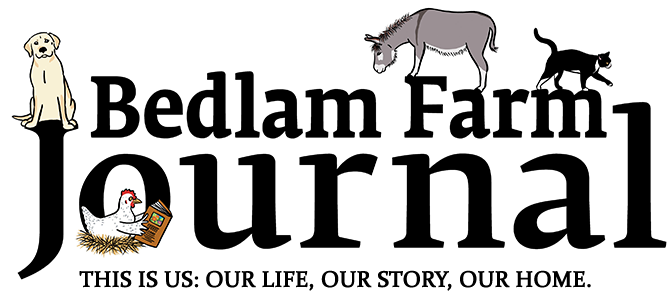
Warren, struggling to find solid ground, after his life has been turned upside down.
May 4, 2008 – The Hospice Journal has shaped my work as a photographer and a writer, and changed both radically. It is an almost chilling responsibility to go into someone’s home with a camera, a bag of lenses and tripod and one or two dogs and try to capture the experience of death, while being sensitive and careful, and working in nearly impossible conditions. It is not something you want to mess up, and above all, the people you are photographing must not feel invaded, disturbed, or uncomfortable in any way. At the same time, the photographer is deprived of almost all of the normal opportunities – you can’t move around, you can’t move things around, you can’t use a flash or a lightstand, you are always working indoors, in tight spaces, surrounded by all kinds of equipment and debris you cannot move or disturb.
it would be so easy to cross the line between capturing a moment and violating one of the most sacred moments in anyone’s life, or that of their families.
This was one of the greatest creative challenges in my life, and I’ve gotten so much e-mail about it I felt obliged to share some of my thinking and work before it is lost in the rush of things.
First off, every time I took a photo of Helen or Warren, or any Hospice Patient – every time – I asked the patient and the family if it was okay. I also got signed consent forms. I made sure they understood what I was doing. I also stopped and thought carefully about what I trying to capture that day before I took a camera out. I checked to see the comfort level of the patient, and the family.
I did use a light meter, to check levels around the subject, although my camera has a good meter, I wanted a spot light check. Since I could not use a flash or any artificial lighting, I used fast, wide-angle lenses – 16-35 mm and 24-105mm and an 85mm portrait lens for close-ups. I didn’t take photos during any medical procedures, or if anyone was visibly upset or in pain.
I tried to get at least one shot a visit that captured the room. The shots were always taken on manual, as I wanted them to be dark and a bit indistinct, yet get a sense of the place. I tried to get head shots whenever possible to balance the other effect, to give a sense of the room and also of the people. When a patient nears the end, I stop taking photos of them altogether – it just makes me uncomfortable.
I try to get the dogs at a particular angle, usually. Showing them with a hand, or at the foot of the bed. It is not a problem when taking a photo of a family member, but I don’t want to even risk taking a photo that the patient might not wish seen, although noone has yet expressed that concern, apart from me.
Once people got used to me, the process became more comfortable. After awhile, nobody even noticed the camera, and the patients and family members are often curious about how I take the photos, and how the different lenses and settings work. The portrait lens was effective on getting close-ups of the dogs, as well as the patients, and provides the sort of sort and fuzzy background that makes for a beautiful photo and also protects the privacy of the patient and family.
The process forced me to learn much about light and settings, because there was never enough natural light at normal settings, even with the faster lenses. I took 20 out of focus shots for every one that worked. Thinking this way – about my goals, the room, the challenges made me concentrate on each picture, because in Hospice work, you can’t ruin even a single moment, you can’t disturb anyone, and you do not usually get second changes at photos. So you have to be prepared with the right equipment, carefully think through what you’re doing, and learn quite a bit about light and focus.
People are often emotional and distracted, and you can’t ask anyone to interrupt what they are doing, move things, or pose. You take what you get.
Another challenge is to avoid being repetitious, since you are shooting the same people in the same circumstances each time. The dogs help, because they are always different.
I love taking these photos. Opening up the Hospice experience was a gift and a challenge, and made the photography even more worthwhile. I always asked myself what would somebody on the other end want to see, and how can I capture that.
I am proud of the fact that noone on either end has expressed discomfort with any of the photos I’ve taken, and I believe I have captured a bit of the experience, protecting privacy and dignity. And I intend to keep it that way.
I also think I’ve begun to show the extraordinary interaction between people and Hospice and dogs.
This kind of photography has also forced me to be become a workable photographer in a big hurry, as I didn’t have time to take the lessons I wanted.
I guess I got a better lesson than I expected.
